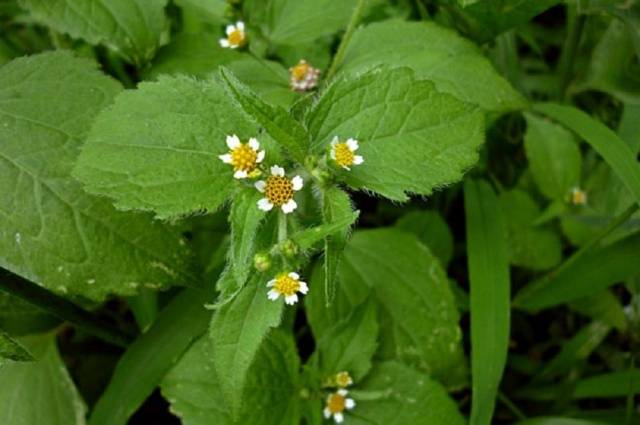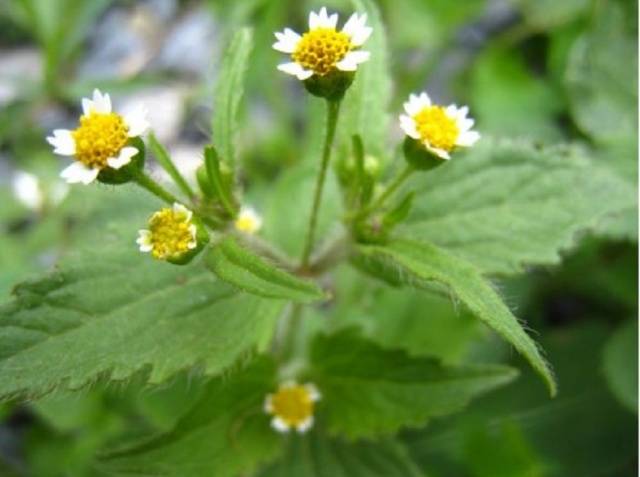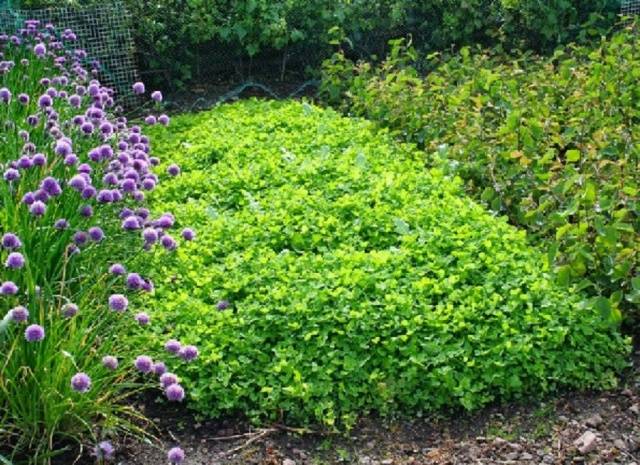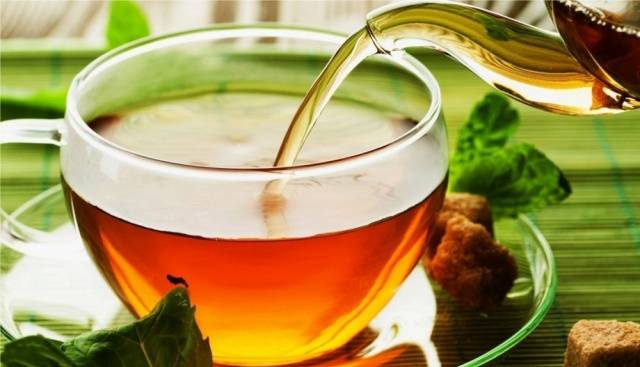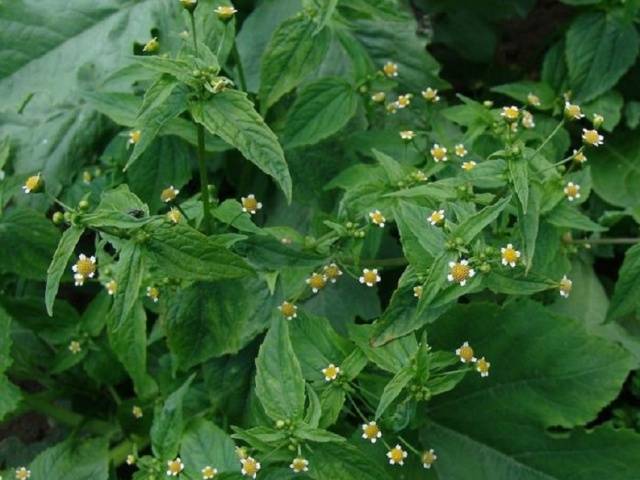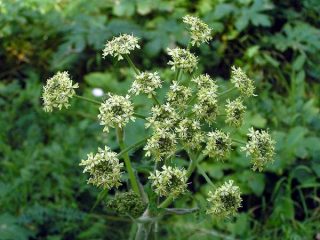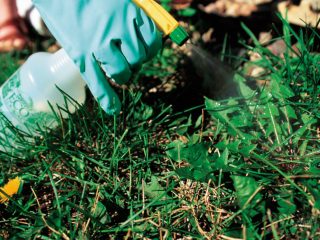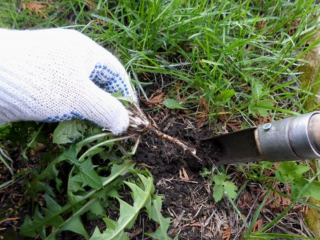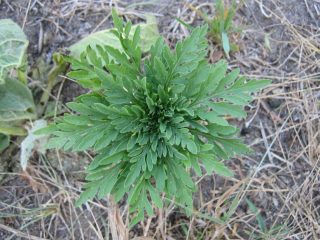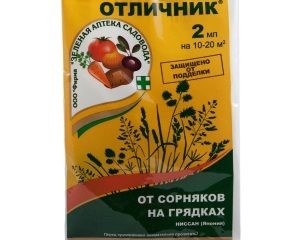Among the agricultural technology requirements of any crop, weeding is an important point. This is due to the presence of a huge number of weeds that can choke plants or become carriers of diseases. Often it is weeds are a breeding ground for pests and parasites that plague cultivated species during the growing season.
Every year, summer residents increasingly see the appearance of new “green residents” on their plots.
One of these uninvited guests turned out to be the American weed. The plant’s homeland is America, so the popular name has stuck. Seed supplies from other countries are very profitable. They expand the range and varieties of crops grown, but along with them there are also seeds of weeds from the same area. This is how the American weed was introduced.
The plant also has a scientific name that is known throughout the world - galisonga parviflora from the aster family. Belongs to the group of annual spring crops.
Description of the weed
The American native land is South America. Among the main characteristics it should be noted:
- Shade tolerance. Galisonga can grow not only in illuminated areas and fields, but also in parks, gardens, and on almost any soil. Of course, fertile and loose soil with good moisture is more attractive to weeds.
- Fertility. The American weed amazes with its ability to reproduce. It can produce up to 20 thousand seeds per season. However, their germination rate does not exceed forty percent and germination is difficult at a seed placement depth of more than 2 cm. Therefore, the American weed compensates for this disadvantage with its damaging ability to grow stems. Roots emerge from internodes. If the seeds fall into the soil, their germination persists for 10 years and does not depend on climatic changes (waterlogging, frost, drought). Shoots appear in spring, throughout the summer season and in autumn.
- Vitality. Gardeners note the unsurpassed vitality of the American weed. The plant, even after being removed from the soil, is able to continue to live in the depths of compost heaps, lying on top of the ground and capturing moisture from the air with its leaves. Moreover, if there is enough moisture, the American weed will bloom and produce seeds among the weeded grasses.
These qualities have allowed the American weed to become a formidable enemy of plantings in all regions. The absence of pests capable of destroying the American weed on Russian soils also turned out to be very beneficial. It is not afraid of even aphids and fungal infections, which plague almost all cultivated plantings. In addition, galisonga suppresses common regional weeds - quinoa, pigweed, sow thistle, woodlice. The only ones who are able to resist the invasion of the American woman are the nettles and the stinkers. Perennials with powerful rhizomes do not succumb to the invasion of the formidable American plant. Even mowing does not get rid of galisonga for long. Therefore, it is very important to know how to control this hardy weed.
Galisonga is a weed that grows up to 70 cm in height, with an erect stem and small white flowers.
The leaves have short petioles and a lanceolate shape. The flowers are female, the achenes are hairy, tetrahedral. American seeds are carried over long distances by means of flies and are able to ripen on a torn plant.
Gardeners note the difficulty of weeding this weed. At the moment the American plant is removed, the roots of a number of growing crops are pulled out. This is due to the fact that the weed has a branched root system and penetrates into the roots of nearby plants.
Ways to resist a hardy weed
With such a phenomenal ability of the American woman to survive, gardeners are wondering about ways to combat the weed. They are based on the biological characteristics of the weed. How to get rid of an American woman who has settled on the property?
Effective methods to deal with an American woman include:
- Regular site inspection. This will allow you to notice the appearance of an American woman in time and take appropriate measures. As soon as the first young plants are noticed, they are immediately mercilessly removed by the roots.
- Mulching. Like any grass, American grass needs light. Therefore, by covering the free areas of the site with mowed grass, cardboard, paper or other mulching materials, you do not allow it to grow and reproduce freely. Lawn grass helps a lot. Galisonga spreads very weakly where there is a lawn, so you shouldn’t leave a lot of free space on the site. Cover the beds after harvesting. This way, you will get rid of not only American weeds, but also other weeds.
- Weeding. Destruction of a weed is unthinkable without its removal. The American woman is recommended to be dug up, not pulled out. The remaining pieces of root easily sprout.This event should be held as early as possible, before the American plant blooms. If you miss this deadline, then this method of getting rid of the weed will be ineffective. The seeds will fall into the soil, and their mass germination will be ensured. But even in this case, regularly weed out malicious plants.
- Removal from the site. Even chopped weed should not be placed in the compost heap. It is impossible to trace the entry of seeds into the soil, so it is better to prevent this possibility. There is no use in mowing the galisonga. This gives a temporary effect; it is better to uproot and burn.
- Sowing green manure. The American very quickly populates empty plots. If it is not possible to sow lawn grass or you will need this area for planting in the future, then use green manure. They will perfectly nourish the soil, improve its structure, and provide nutrition to beneficial microorganisms and worms.
Additional recommendations include:
Don't get carried away with herbicides. Before planting cultivated plants, the initial shoots of the weed can be treated. But then the American quickly gets used to the effect of the drug. You will have to constantly change the herbicides used throughout the season, and the soil will be saturated with chemicals. Therefore, when the weed spreads only slightly, apply a herbicide and then rely more on agricultural control methods.
If you visit an area infested with a nasty weed, thoroughly clean your tools, shoes and clothing. Even a minimal amount of seeds will turn your plot into a new habitat for Galisonga.
Many gardeners use galisonga for medicinal purposes and as a herb for salads. The roots of the weed contain polyacetylene compounds, the leaves contain flavonoids, saponins, inulin, and tannins. Therefore, the use of American galisonga for medicinal purposes is very widespread. It is used in the treatment of the thyroid gland, anemia, ascites, and helps with scurvy and stomatitis. Well normalizes blood pressure and stops bleeding.
You should not use American medicine even for stomatitis without consulting a doctor. Be attentive to your health.
In the photo - the life-loving weed galisonga:
